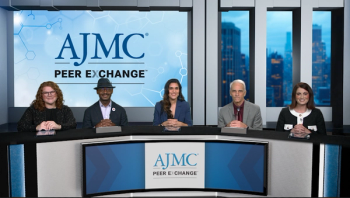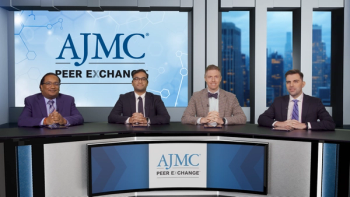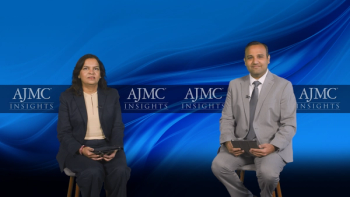
Small Proportion of Medicaid Enrollees Account for Half of Expenditures
A very small segment of the Medicaid-only population-those who are not also eligible for Medicare-accounted for almost half of expenditures for all Medicaid-only enrollees from 2009 to 2011, according to a new report from the Government Accountability Office.
A very small segment of the Medicaid-only population—those who are not also eligible for Medicare—accounted for almost half of expenditures for all Medicaid-only enrollees from 2009 to 2011,
While the most expensive 5% accounted for nearly half of expenditures, the least expensive 50% of Medicaid-only enrollees accounted for less than 8% of expenditures for this population. In addition, about 12% of enrollees had no expenditures.
GAO found that the distribution of high-expenditure enrollees' spending among categories of service varied widely across states. In Tennessee the most expensive 5% accounted for 28.8% of spending, while in California they represented 63.2%. Expenditures for managed care and premium assistance varied the most widely from 0% to 75%.
The report examined the percentages of enrollees with any of 5 chronic conditions: asthma, diabetes, HIV/AIDS, mental health conditions, and substance abuse. In addition, they examined expenditures in 8 categories of services: hospital, long-term, psychiatric facility, acute care, long-term support, other support services (such as targeted case management or rehabilitative services), prescription drugs, and managed care and premium assistance.
“Differences between the high-expenditure Medicaid-only enrollees and the larger group of all Medicaid-enrollees were also consistent across years: In each year, the percentage of high-expenditure Medicaid-only enrollees who had any one of these conditions or services was greater than the percentage of all Medicaid-only enrollees who had that same condition or service,” according to the report.
Less than 15% of all Medicaid-only enrollees had mental health conditions, but those with mental health conditions accounted for approximately half of the high-expenditure group each year. Only 3% of all Medicaid-only enrollees had diabetes, but they constituted nearly 20% of the high-expenditure group.
The researchers also highlighted varying percentages of high-expenditure Medicaid-only enrollees’ spending in select categories. While psychiatric facility care only accounted for about 2% of nationwide expenditures for high-expenditure Medicaid-only enrollees, it varied from 0% to 11% across states. Other categories had even larger variations: 0% to 33% for acute care service;, 0% to 25% for prescription drugs; 0% to 23% for long-term non-institutional support services; and 0% to 22% for long-term institutional care.
Newsletter
Stay ahead of policy, cost, and value—subscribe to AJMC for expert insights at the intersection of clinical care and health economics.






































